Celebration of Eastern European design unites
First Day
The three-day festival kicked off with a public conference exploring the history and current landscape of Eastern European design. The day began with an introduction to the visual culture of Poland, presented by graphic designer, publisher, and curator Magdalena Heliasz. The conference day closed with Olexander Tregub, co-founder of the educational platform Projector Institute, who gave an insight into the current state of the Ukrainian design scene and how he and his fellow Ukrainians are coping with everyday war life.
In between these two speakers, visitors were introduced to the visual design cultures of Hungary, Croatia, Romania, Moldova, Bulgaria, the Czech Republic, and Turkey. Due to their shared history, there were many similarities in the development of each visual culture. From a free, rich and colorful pre-war culture, to a post-war period, to times of transformation after the fall of the Iron Curtain, to the "new" international period in which we currently find ourselves.
Another recurring theme was that contemporary designers, illustrators, and other creatives refer to key visual elements from the pre-war period in their current work. The triangle, for example, is such a symbol in Ukrainian culture, as is the letter у, which first appeared on a coin about 1000 years ago. Speaking of letters, several speakers, such as Andrei Grosu from Romania's Local Design Circle and Onur Yazıcıgil from Turkey, representing ISType, showed how traditional type design influences current type design and the use of modern languages in their countries.
Czech designer Filip Blažek announced two things during his lecture. First, the possibility that The International Biennial of Graphic Design Brno, established in 1963, will not return. The Brno Biennial is one of the most important events in the field of visual communication in the world.
Secondly, Filip announced Bohamian Identity, a seven-part TV series on the history of Czech graphic design will be broadcast on Czech public television in the first half of 2024. This will be followed by an exhibition at the Kampa Museum in Prague, a monograph edited by Linda Kudrnovská, and a feature-length documentary film by Kateřina Mikulcová, on the history of Czech graphic design.
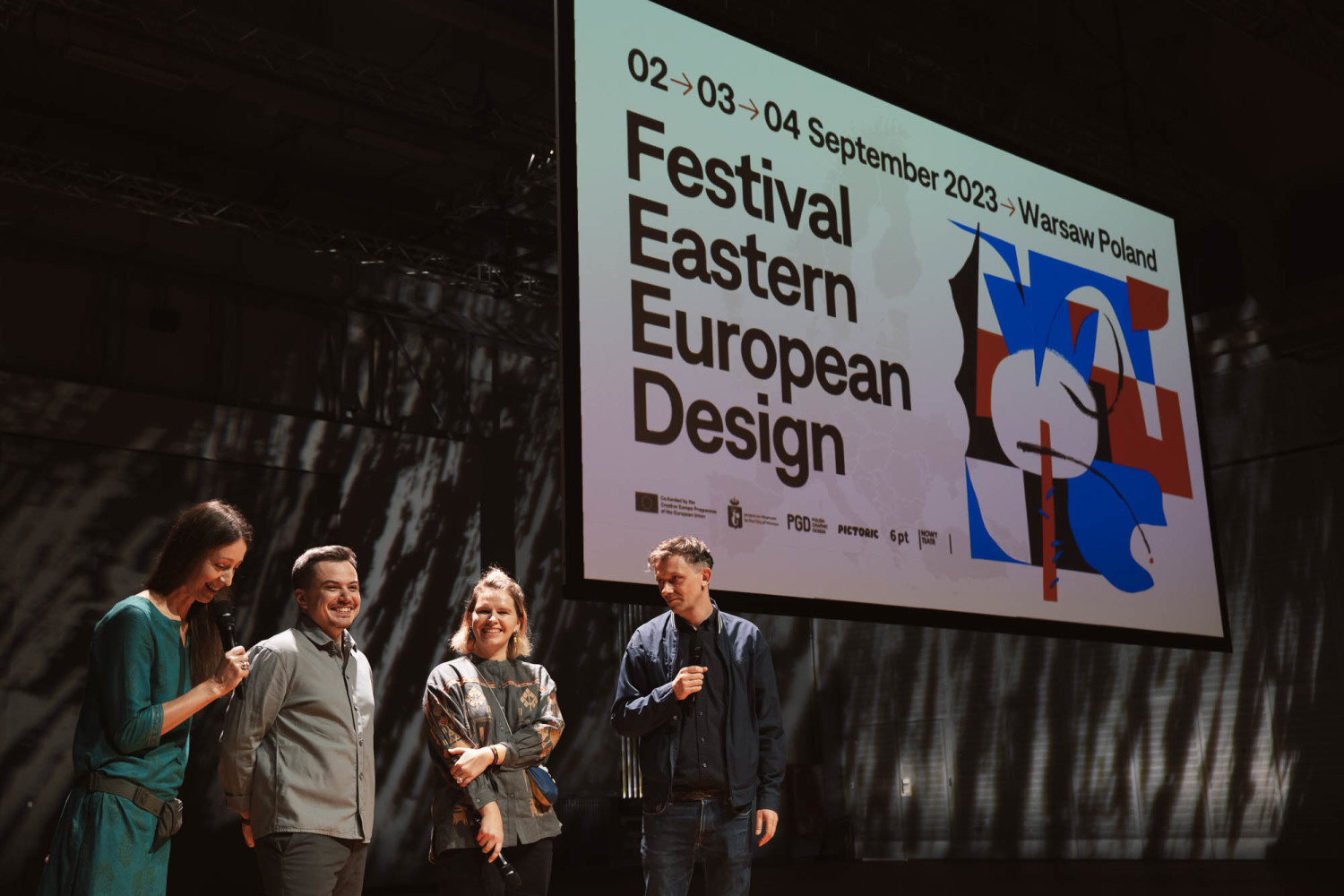
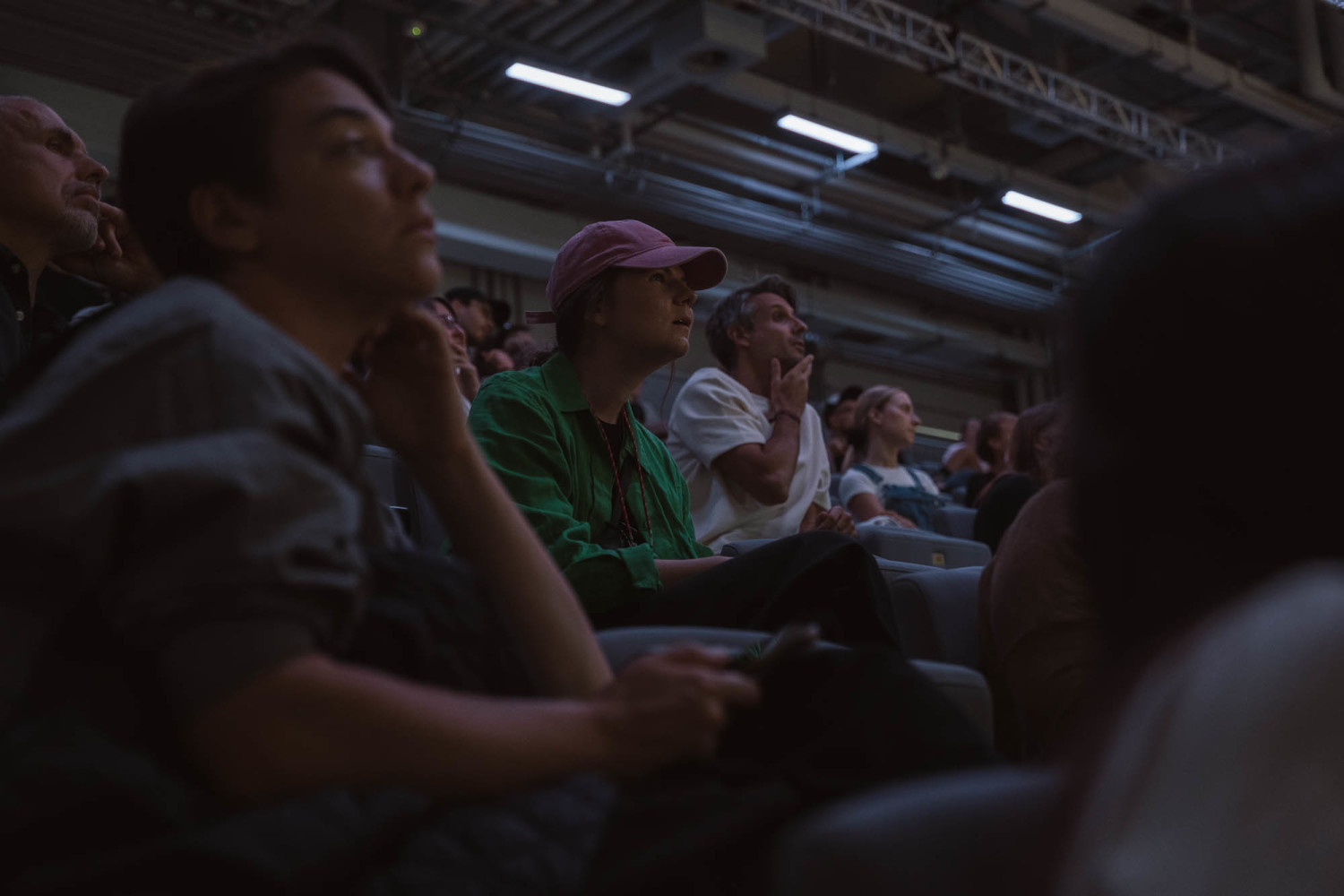
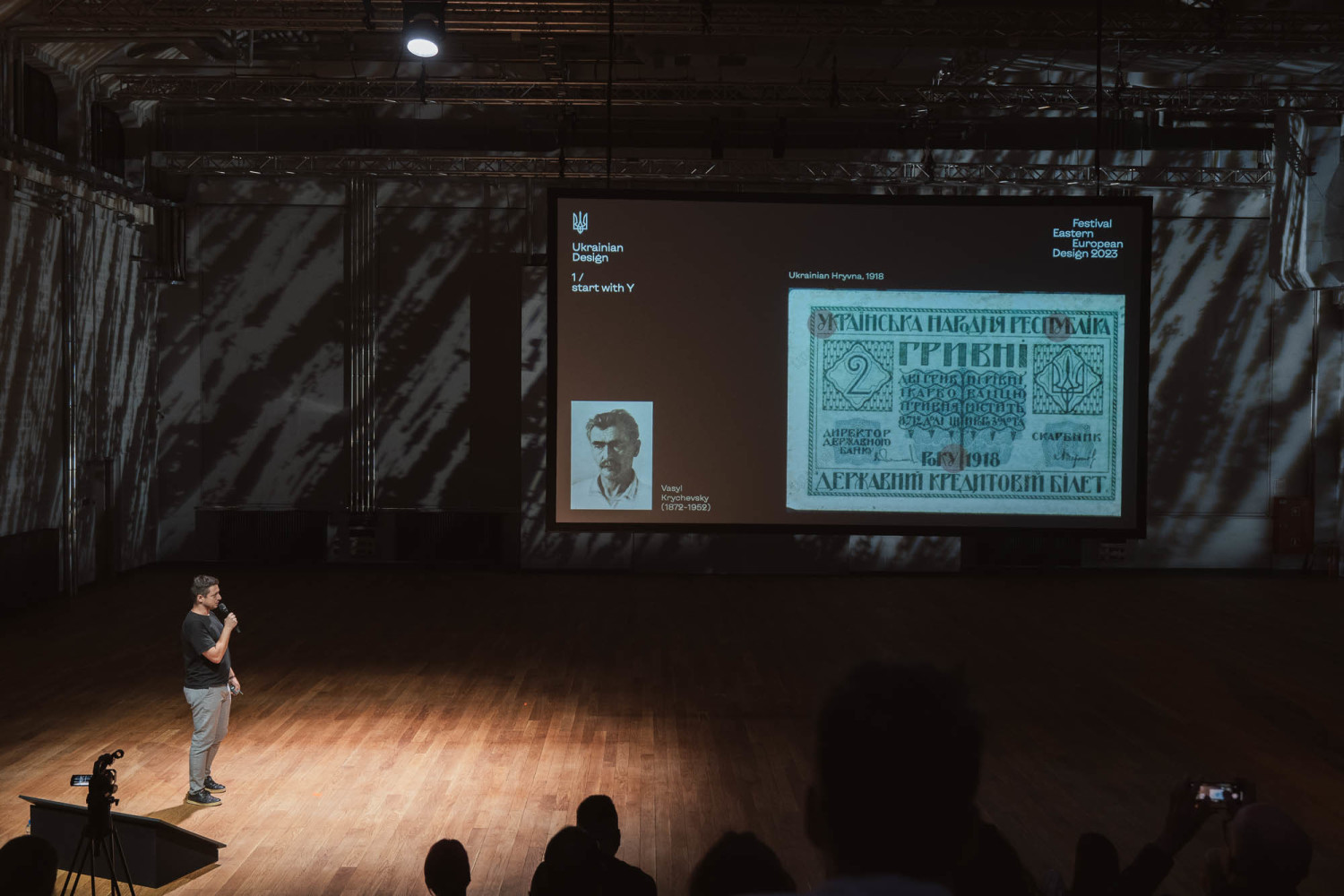
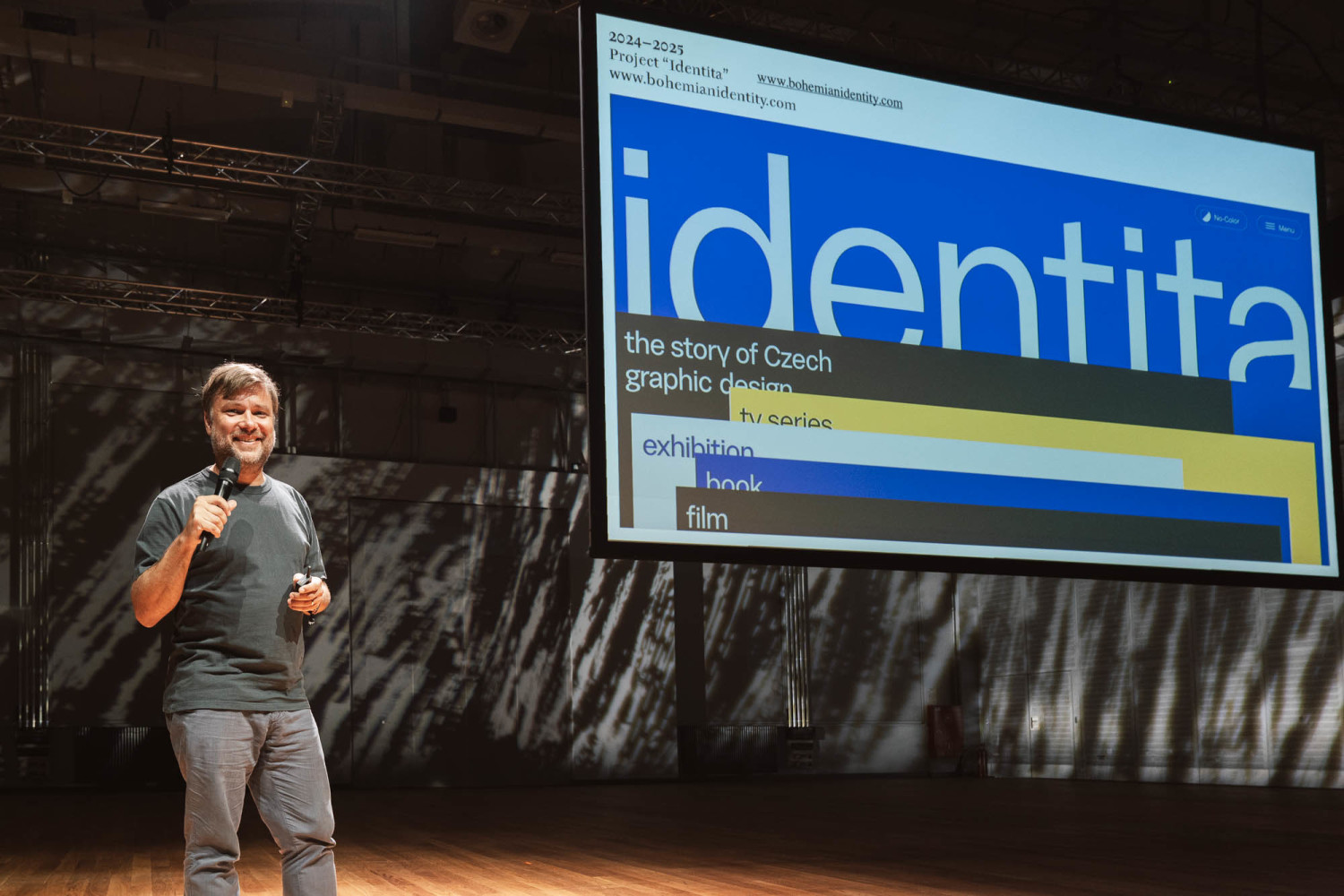
Second Day
The second focused on networking, and sharing insights and experiences. The day began with rapid-fire introductions from all 37 invited event participants, who shared their facts and figures. This was followed by several speed-date sessions.
I was asked to moderate the afternoon, which was packed with five export presentations. To kick off the afternoon, I spoke about neon moiré and the 'evolution of design events'. Dennis Elbers from Graphic Matters shared his festival journey and how the Social Profit Canvas helped him find the right audience and create a year-long program instead of one-off events. Next up was Krzysztof Bielaszka, an advocate for greening the cultural sector. His presentation was about how to make your event more sustainable. With simple practical tips, he showed that it's easy to create a more sustainable event. Marie van Driessche, a deaf UX designer and educator, shared how to make your event more inclusive for deaf speakers and participants. And what that means for the event you're running. Lars Harmsen, co-founder of Slanted Publishers, shared stories from his recent trip to Georgia, the World Flag Project, and announced that the upcoming Slanted Magazine #43 will focus on the Ukrainian design scene. Slanted calls all on graphic designers, illustrators, and artists living in or from Ukraine to submit their work by October 15, 2023!
The afternoon concluded with an interactive panel on how to help the Ukrainian people, especially their creative community. This was a recurring theme throughout the festival. One concrete way to help the Ukrainian people is to donate money directly to [United24] (https://u24.gov.ua/ "Donate to United24 for Ukraine"). This is the official fundraising platform for Ukraine. Another way to help is to organize workshops with Ukrainian refugees in your city or ask them to participate in events you are organizing to raise awareness and money. Invite artists/designers for residencies. Ukrainian organizations such as 4Block and Pictoric have ready-made poster campaigns that you can use to raise additional awareness in your community. As Olexander Tregub of Projector Institute pointed out, there are many UX designers, programmers, illustrators, motion designers, and other creatives looking for work. They would love to work with Western, Asian, or Latin American companies and brands. If you are hiring, contact one of the organizations listed. They can help you connect with the right people, Telegram channels, or Behance pages.
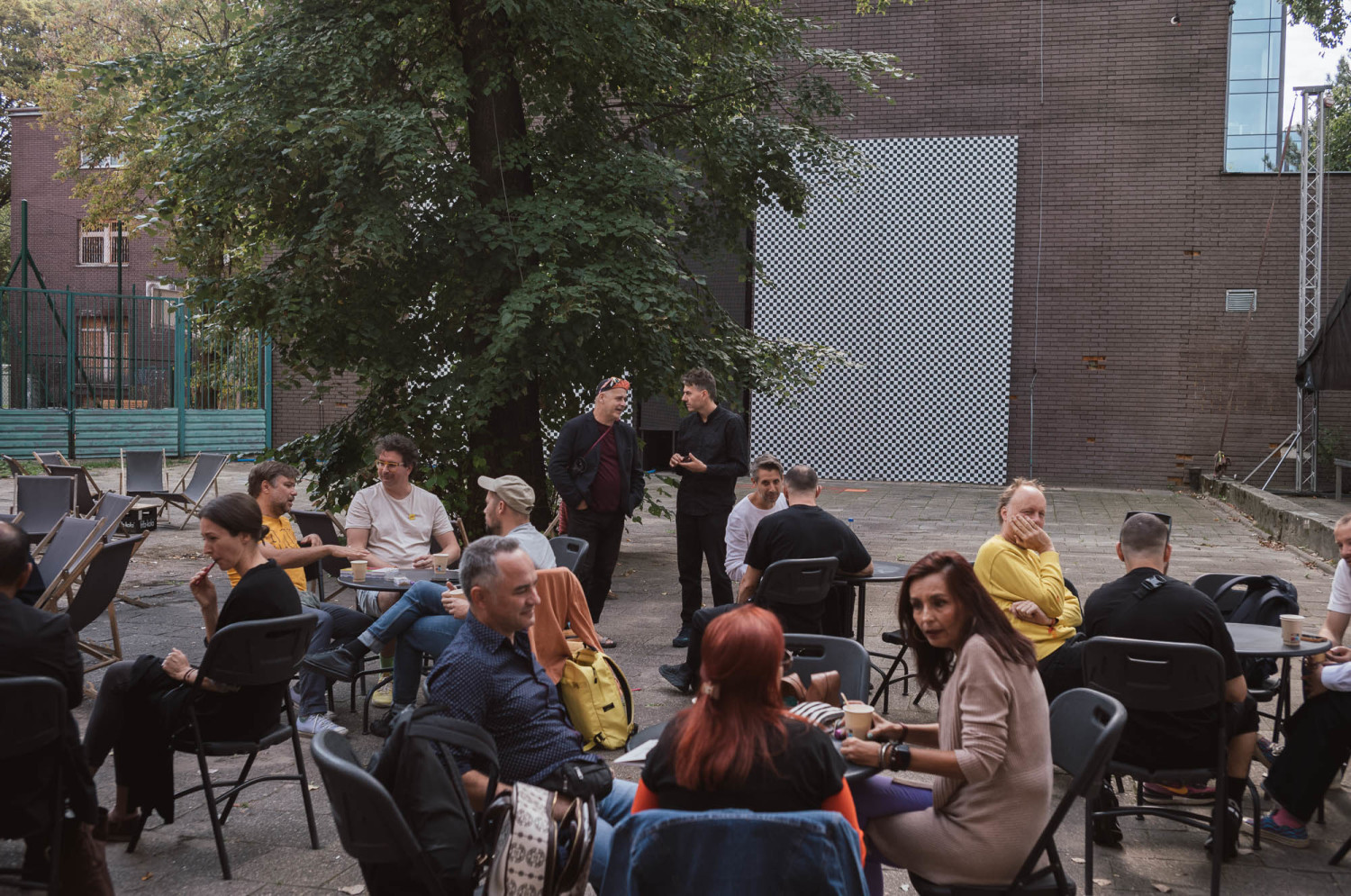
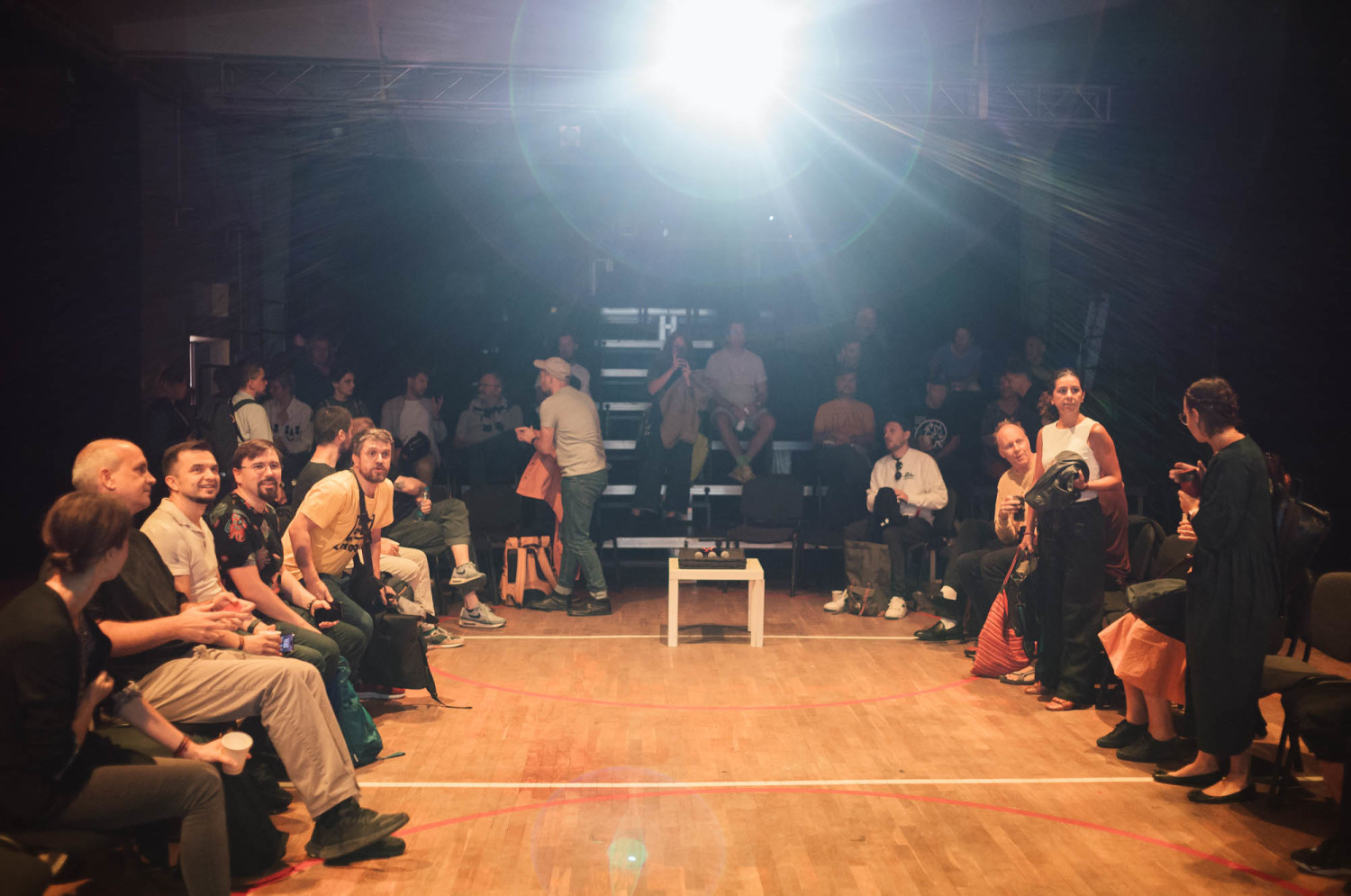
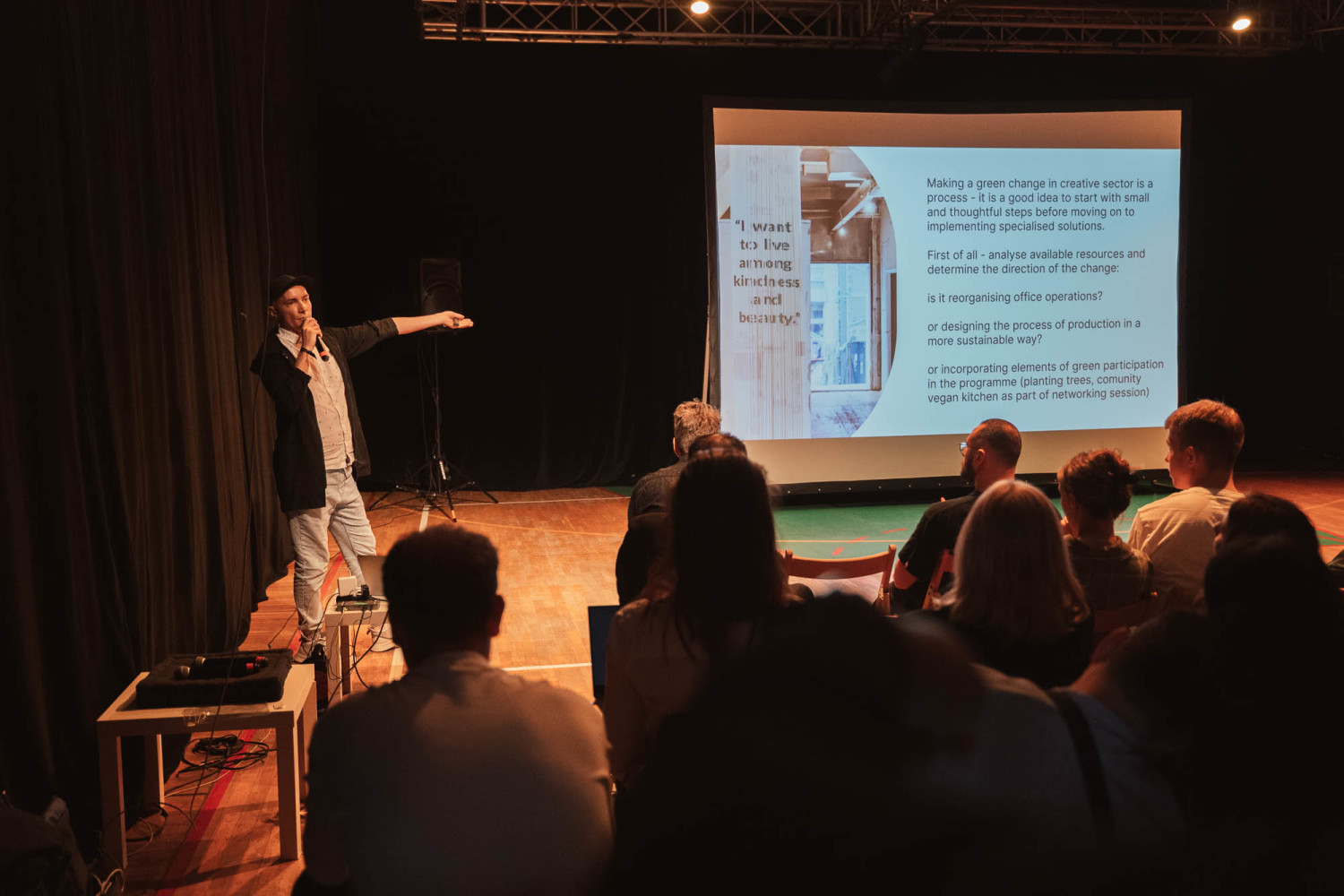
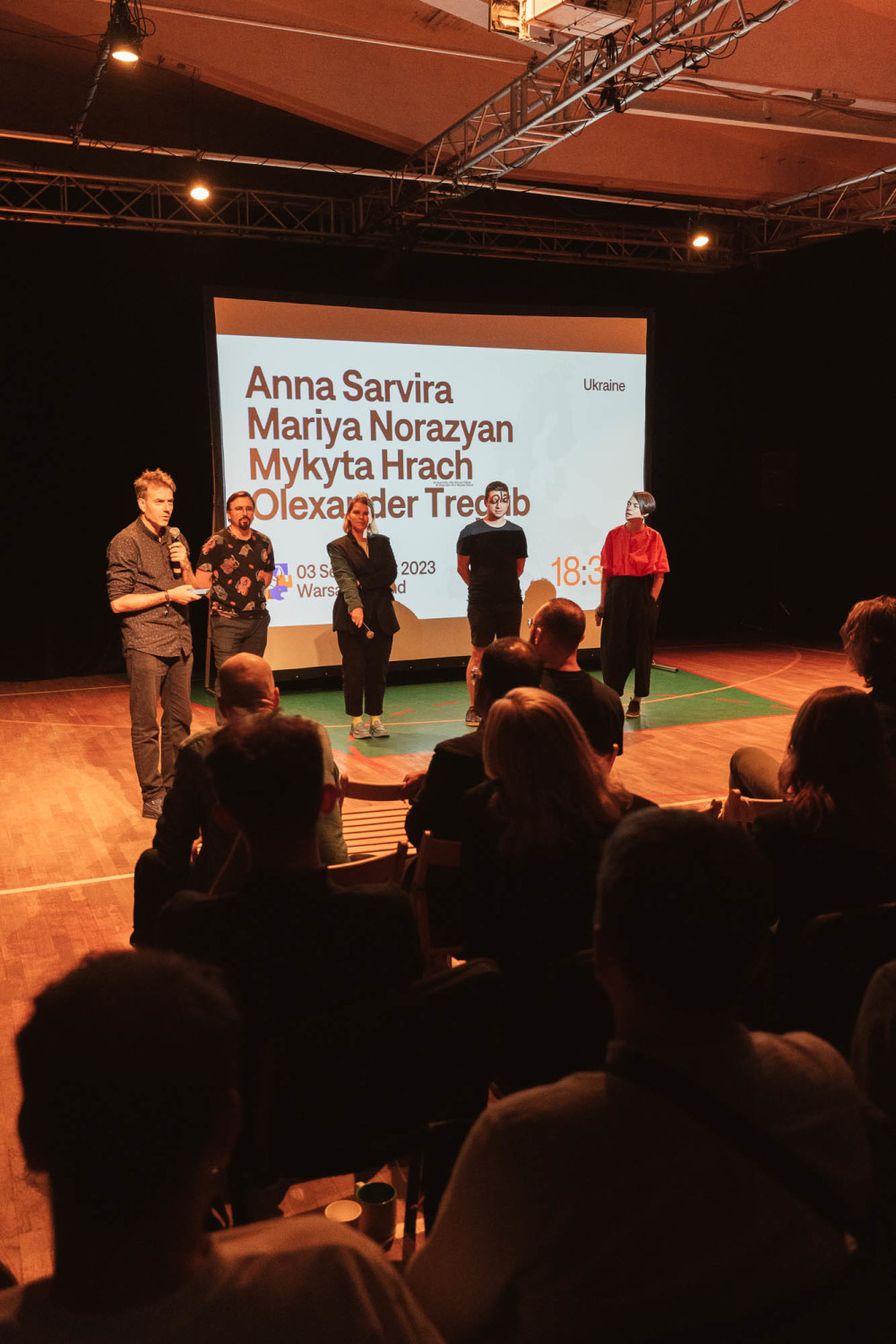
Third day
All invited organizations gave a presentation about their organization, how they work, methods and strategies they use, lessons learned and projects they implement. I was particularly impressed by the poetic way in which Litvainian Agnė Dautartaitė-Krutulė presented the results of the 6pt book design conference. My 3-day trip to Warsaw ended during this session.
Conclusion
The experienced team led by Rene Wawrzkiewicz and Marta Kowalska created a balanced, enlightening and successful festival in Warsaw. All participants, attendees and the general public were given space to gain knowledge, share challenges and make new connections.
The beautiful venue, life sign language translation during the free public conference, keynote speakers who spoke with energy and pride about their country's visual heritage made the first day special.
The next two days were about connection. It showed me that these kinds of gatherings are powerful for the community. Because from a distance, it can look impressive. But when you hear the real story, the struggles and the learnings, it can put a lot of things into perspective. It makes some issues more relatable. It can lead to concrete questions, such as how to make certain improvements or decide not to go in an obvious direction.
One thing that struck me was that all of the invited organizations started out with a need. A need to share their love for this one particular cause with their community. They all started their design-driven event and grew into impactful organizations locally or internationally, some of which have been going strong for over 30 years!
My key takeaway is this: It may seem cliché, but in every country there is an individual, a group, or a collection of creatives who create inspiring events for their community. They all started from "nothing", but with passion, patience, resilience and confidence, they are bringing awareness to a wider audience and building sustainable businesses around it. They have many different sources of income and help like-minded people do the same. At Neon Moiré, we try to help organizations like yours reach a wider audience and help you grow with background information and guidance.
If you are thinking about creating an event around what you love, just do it. It can be hard, but you never stop wondering what if. Feel free to email me if you have any questions, I am happy to help.
The next [Festival of Eastern European Design] (https://www.feedesign.eu/ "Visit Festival of Eastern European Design") will take place in Vilnius, Lithuania in 2024. See you there.

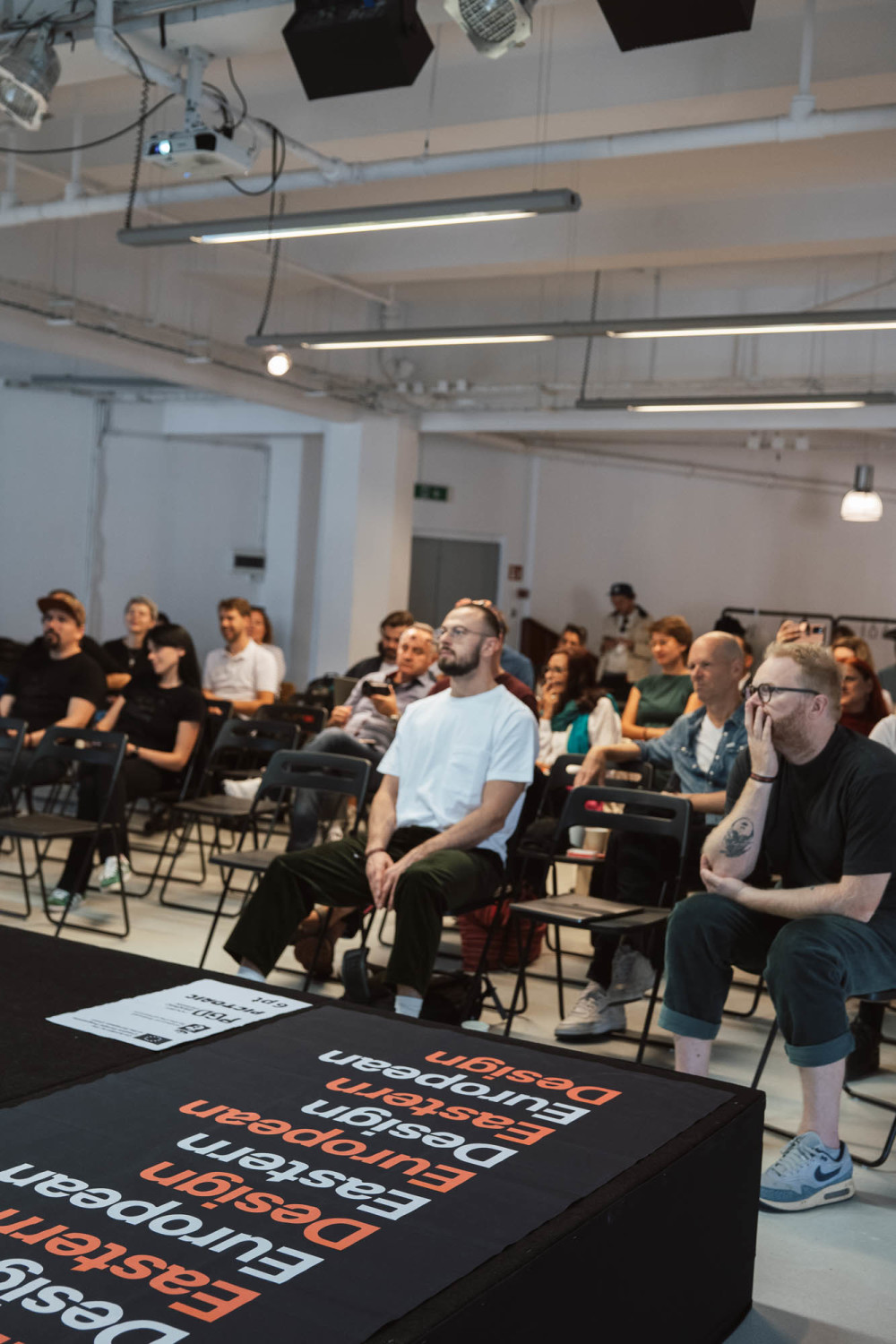
📬
Get the latest design conference news
in your inbox!
Join over 2,000 readers and receive a curated mix of upcoming events, inspirational talks, and links at the intersection of tech, design, and culture every Monday.